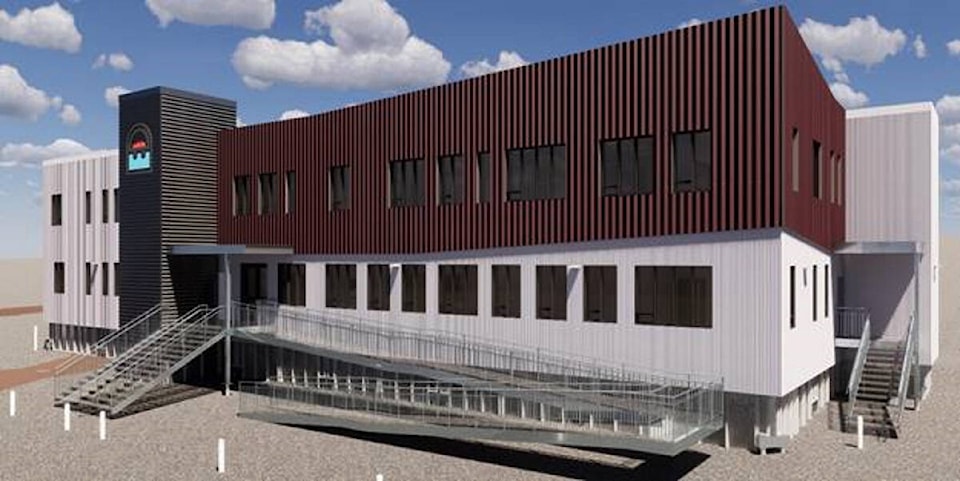Qulliq Energy Corporation has asked the public for feedback on its Independent Power Producer (IPP) program.
The program, which was initiated in 2019. still has not partnered with any producers yet due to what it called “significant organizational changes over the past three years, including ministerial changes and a change in government,” explained QEC president and chief executive officer Rick Hunt.
Companies trying to join the program to provide renewable energy services for communities have started to get frustrated at the situation. That’s true of Nunavut Nukkiksautiit Corp. (NNC), which has been trying to start a wind-power project in Sanikiluaq.
“We tried for years to get the utility to talk to us,” said Heather Shilton, NNC’s director.
NNC isn’t the only organization in that boat.
“The government has a huge role in setting policy rules and direction, and QEC is subject to the policies the GN puts in place right now,” said Martha Lenio, president of the Arctic Renewable Society. “However, the GN is sitting back and not doing anything on the IPP. The only way, in my opinion, that we will be able to bring the utility and IPPs together is if the GN steps in and sets some ground rules.
“At the moment, neither QEC nor IPP are willing to compromise and meet in the middle. And from QEC’s perspective, I think without ground-rules set by the GN, they feel they are unable to compromise. QEC cannot direct the GN to help pay for renewable energy, for example - the power dynamic works the other way (and) QEC is subject to the policies created by the GN. QEC is also responsible for keeping costs down and system reliability, and they are hesitant to rock the boat.”
In a recent interview, Renee Boucher, a communications officer with QEC, gave an update on progress with the program, based on the feedback they’ve received.
What is something you’ve learned or changed based on the public’s feedback?
While QEC is still currently reviewing public feedback, the corporation previously changed the policy to include specific guiding principles, terminology, and estimated application timelines based on stakeholder feedback from previous consultations.
Why rely on independent power producers?
QEC’s IPP program provides opportunities for Inuit organizations and Inuit-owned entities to develop local, renewable energy that best serves the long-term economic interests and energy self-reliance of Nunavummiut. It also serves to reduce Nunavut’s carbon footprint without compromising the safety and reliability of local power distribution systems or increase costs to its customers.
Are a lot of independent producers already making their own electricity in Nunavut?
There are no independent power producers under QEC’s IPP program. The corporation was recently granted conditional approval, on an interim basis, to begin technical evaluations of potential renewable energy projects that fall under the IPP program. This program is meant to supplement the territory’s energy supply with renewable technology, while the corporation continues to deliver on its mandate of providing safe and reliable power to its customers.
What is the most popular kind of renewable energy at the moment in Nunavut?
Renewable energy installations currently in Nunavut are predominantly solar.
